Home>Ideas and Tips>Industrial Chic: Raw And Refined Home Design
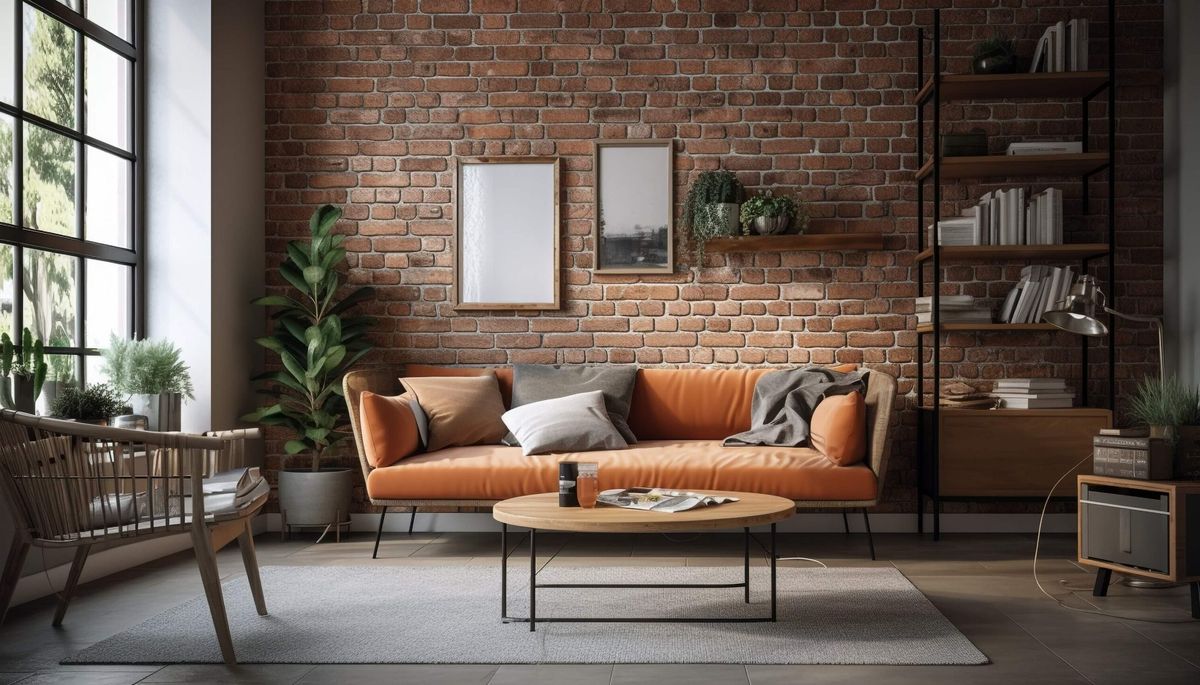

Ideas and Tips
Industrial Chic: Raw And Refined Home Design
Published: October 22, 2024
Discover the allure of Industrial Chic home design, blending raw materials and refined elements for a stylish, functional living space.
(Many of the links in this article redirect to a specific reviewed product. Your purchase of these products through affiliate links helps to generate commission for Storables.com, at no extra cost. Learn more)
Industrial chic is a design aesthetic that has captivated homeowners and designers alike for decades. This style, characterized by its raw materials and exposed elements, offers a unique blend of functionality and elegance. Industrial chic design emerged as a natural response to the need for creative solutions in urban living. As metropolitan cities grew, the demand for residential spaces increased, leading builders to repurpose old factories and warehouses into living areas. This transformation not only provided a practical solution to housing shortages but also gave birth to a distinct design aesthetic.
The industrial design movement, which began in the early 20th century, was heavily influenced by the Bauhaus design school in Germany. Designers like Marcel Breuer leveraged materials and construction techniques from factory-made objects to create furniture and decor that reflected the raw, industrial spirit. This emphasis on exposing architectural and mechanical details such as brick, beams, ducts, and pipes became a hallmark of industrial chic.
Key Characteristics of Industrial Chic
Industrial chic is all about embracing raw materials. Concrete, exposed brick, metal, and reclaimed wood are staples in this design style. These materials are often left in their natural state to maintain their authenticity and character. One of the defining features of industrial chic is the exposure of architectural and mechanical elements. Brick, beams, ductwork, and pipes are often left visible rather than concealed. This approach not only adds texture and visual interest but also highlights the history of the building.
Functionality is at the core of industrial chic design. The style eschews superfluous pillows, patterns, and accessories in favor of clean lines and minimal ornamentation. This focus on functionality ensures that the space remains practical and uncluttered. To add depth and visual appeal, industrial chic often incorporates a variety of textures. Mixing materials like wood, metal, and concrete creates a rich tapestry that invites exploration. Neutral hues can be used as a backdrop to highlight these textures, ensuring that the space feels both simple and inviting.
To take the industrial chic style to the next level, designers recommend layering elements such as black metals, leather, and weathered wood. These finishing touches add warmth and sophistication while maintaining the raw, industrial feel.
Read more: Raw And Refined Industrial Chic Home Ideas
Incorporating Industrial Chic into Your Home
While industrial chic is often associated with converted loft buildings, it can be adapted to any space. Here are some practical tips for incorporating this style into your home:
-
Start with Raw Materials
- Begin by identifying raw materials in your space such as exposed brick or concrete floors. These elements are the foundation of industrial chic and should be celebrated rather than hidden.
-
Embrace Exposed Elements
- Expose architectural and mechanical details like beams and ductwork to add texture and history to your space. If you're not lucky enough to have these elements naturally exposed, consider adding them during construction or renovation.
-
Focus on Functionality
- Keep your space clutter-free by focusing on functionality. Avoid adding superfluous items that might detract from the raw, industrial feel. Instead, opt for clean lines and minimal ornamentation.
-
Add Texture with Neutral Hues
- Use neutral hues as a backdrop to highlight the textures of your raw materials. This approach ensures that your space feels both simple and inviting.
-
Layer with Black Metals, Leather, and Wood
- To add warmth and sophistication to your space, layer black metals, leather, and weathered wood. These elements can be used in accent pieces or as part of larger furniture designs.
-
Incorporate Plants for Contrast
- While industrial chic is often associated with a utilitarian feel, incorporating plants can add contrast and life to the space. Opt for green, leafy plants or small potted trees to break up the space and create a more welcoming environment.
-
Mix Styles for Softening
- If you love industrial chic but want to soften the look, consider mixing it with other styles like glam or bohemian. Adding pieces from these styles can introduce a more refined and inviting atmosphere to your space.
Decorating Tips
-
Toss the Clutter
- Functionality is at the core of industrial chic design. Toss any clutter that might detract from this focus on functionality.
-
Use Accent Pieces
- Start with some antiqued pieces preferably in metal to introduce this style into your home effortlessly. These accent pieces can be used to add texture and visual interest without overwhelming the space.
-
Balance with Neutral Hues
- While adding texture is crucial in industrial chic design, balancing it with neutral hues ensures that the space doesn’t feel too overwhelming. Use monochromatic color palettes with alternating textures to create a timeless, inspirational approach.
-
Incorporate Parquet Flooring
- Parquet flooring is an elegant alternative to natural wood floors and can draw upon the traditional factory feel. This flooring option complements both rustic and modern interpretations of industrial chic design.
-
Update Raw Steel with Paint
- Raw steel was once a defining material of industrial interiors but has given way to matte black painted metal for a more refined look. You can breathe new life into existing raw steel furniture by updating it with a lick of paint.
-
Add Tan Leather Furniture
- Tan leather furniture adds comfort and style while retaining a sleek, minimalist feel. This choice helps soften the space while maintaining an open-plan feel characteristic of converted factories.
-
Use Brick Slips for Exposed Brick Walls
- Exposed brick walls are synonymous with industrial interior design and can be recreated using brick slips if natural brick isn’t available. This approach adds color and texture to the space while honoring its industrial heritage.
Modern Trends in Industrial Chic
While industrial chic has remained a staple in interior design for decades, it has evolved over time to incorporate softer, more refined elements. Here are some modern trends in industrial chic:
-
Parquet Furniture and Flooring
- Wooden flooring is perfect for any industrial design project, drawing upon the traditional factory feel. Parquet furniture is also a cost-effective way to incorporate this aesthetic into your decor.
-
Matte Black Painted Metal
- Raw steel is on its way out in favor of matte black painted metal for a more refined look that still echoes traditional roots. This update breathes new life into existing raw steel furniture.
-
Bare Brick Walls
- Bare brick walls are still highly sought after in industrial interior design and can instantly add color and texture to a space. You can use brick slips or cheaper alternatives like brick-pattern wallpaper or painted stencils.
-
Greenery for Contrast
- The industrial trend shouldn’t be all about wood, metal, and machinery; it should also include greenery to add contrast and life. Opt for green, leafy plants or small potted trees rather than over-the-top florals.
-
Tan Leather Sofas and Pouffes
- Tan leather sofas and pouffes help balance the size of furniture in open-plan spaces while maintaining an industrial chic aesthetic. These pieces add comfort without detracting from the minimalist feel.
Case Studies: Transforming Spaces into Industrial Chic Sanctuaries
-
Loft by Gasparbonta
- Gasparbonta transformed a painter’s studio in Budapest into a residential loft by retaining some of the existing elements while inserting clear geometry and additional raw materials with refined, sleek finishes such as iron, polished concrete, and wood. Unique lighting solutions like linear fixtures and caged suspension luminaires highlight the material’s texture.
-
Loft Sixty-Four by EVA
- EVA converted a 19th-century workshop building in ‘s-Hertogenbosch into a home by carving out openings in existing walls and floors to bring natural light into deep, window-starved spaces. The staircase features black metal grating for treads, pushed away from the brick feature wall to leave a gap for more light penetration.
Conclusion
Industrial chic is more than just a design trend; it’s a lifestyle choice that celebrates raw materials and exposed elements. By embracing this style, homeowners can create spaces that are both stylish and livable. Whether you're working with natural brick or concrete floors or incorporating modern elements like matte black painted metal or tan leather furniture, industrial chic offers endless possibilities for transforming your home into an industrial chic sanctuary.
Incorporating industrial chic into your home design requires a thoughtful approach that balances raw materials with refined finishes. By following these tips and staying true to the core principles of functionality and texture contrast, you can create a space that not only reflects your personal style but also honors the history of industrial design.
Was this page helpful?
At Storables.com, we guarantee accurate and reliable information. Our content, validated by Expert Board Contributors, is crafted following stringent Editorial Policies. We're committed to providing you with well-researched, expert-backed insights for all your informational needs.
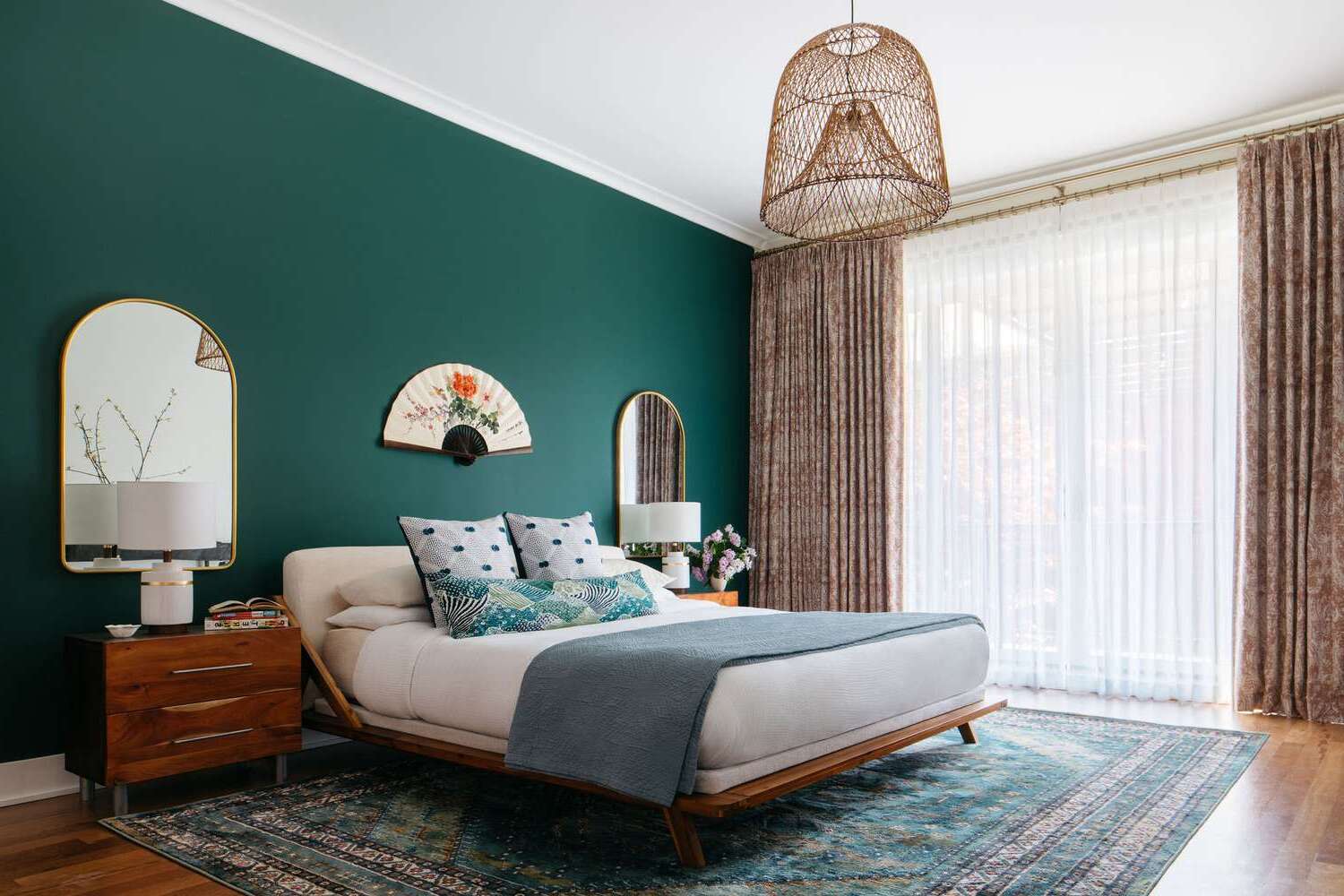
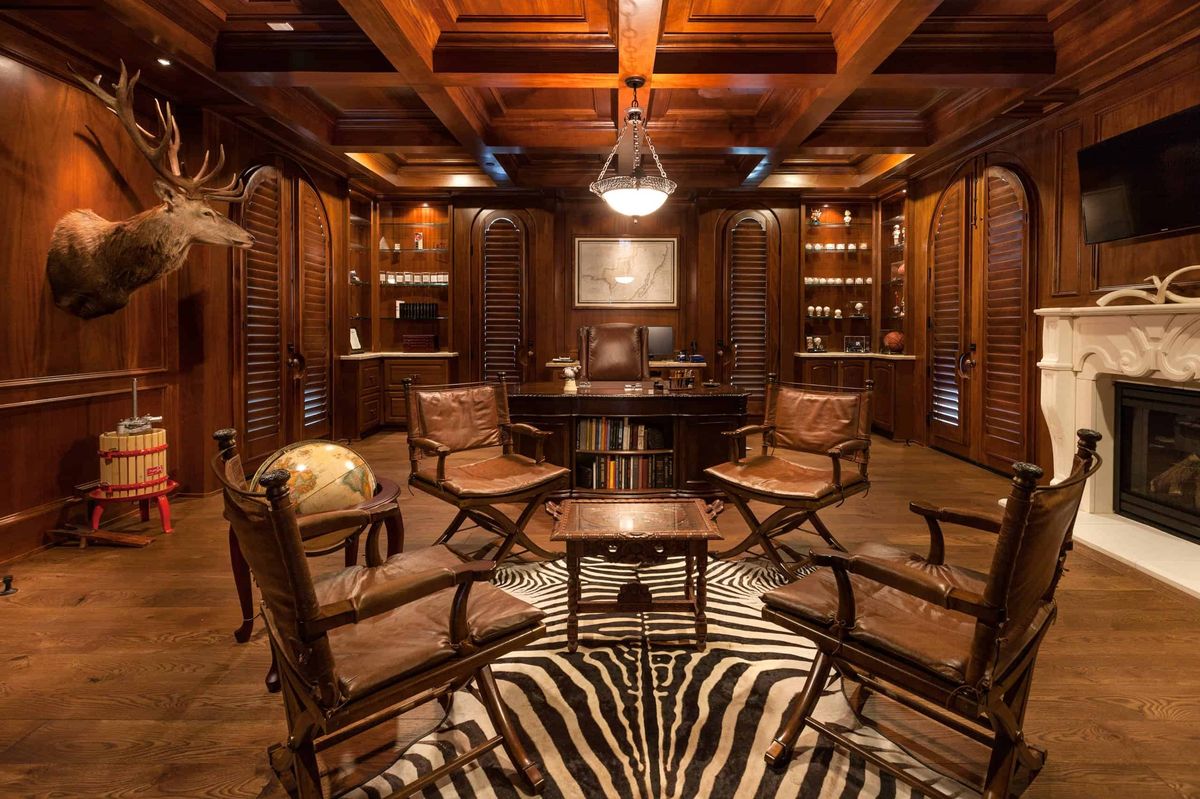

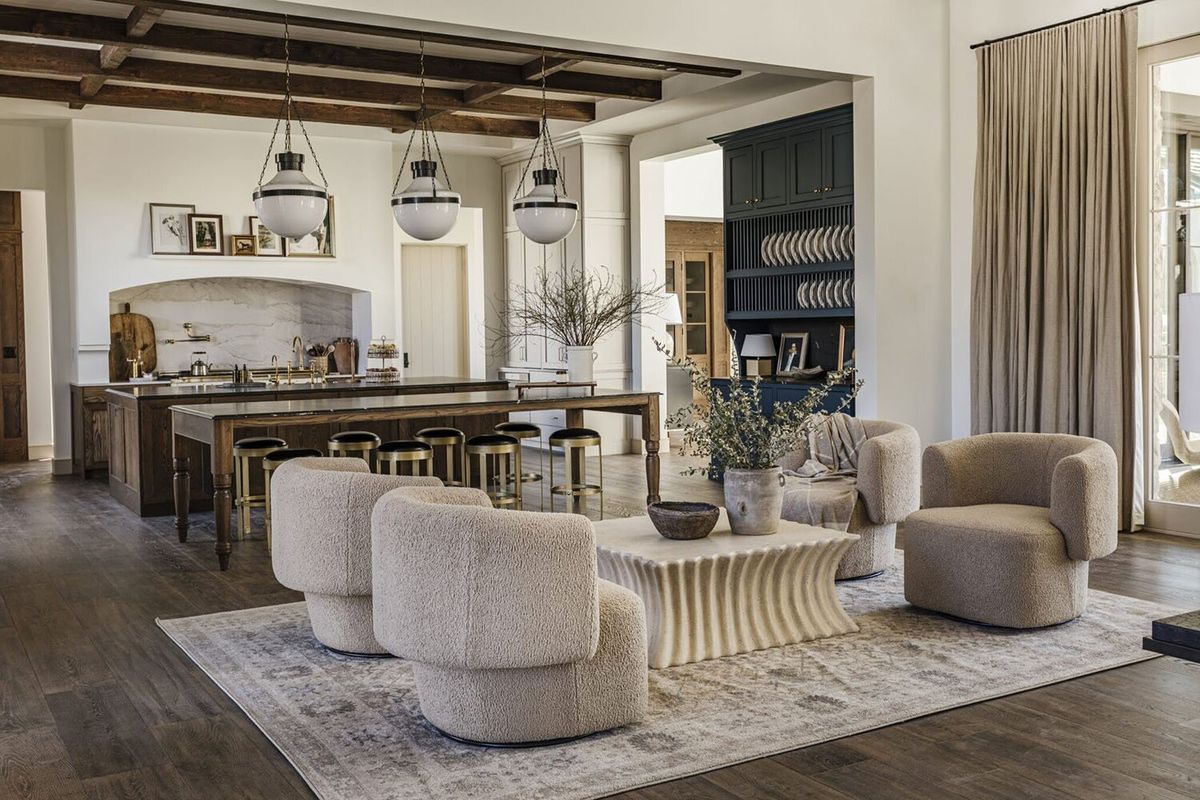
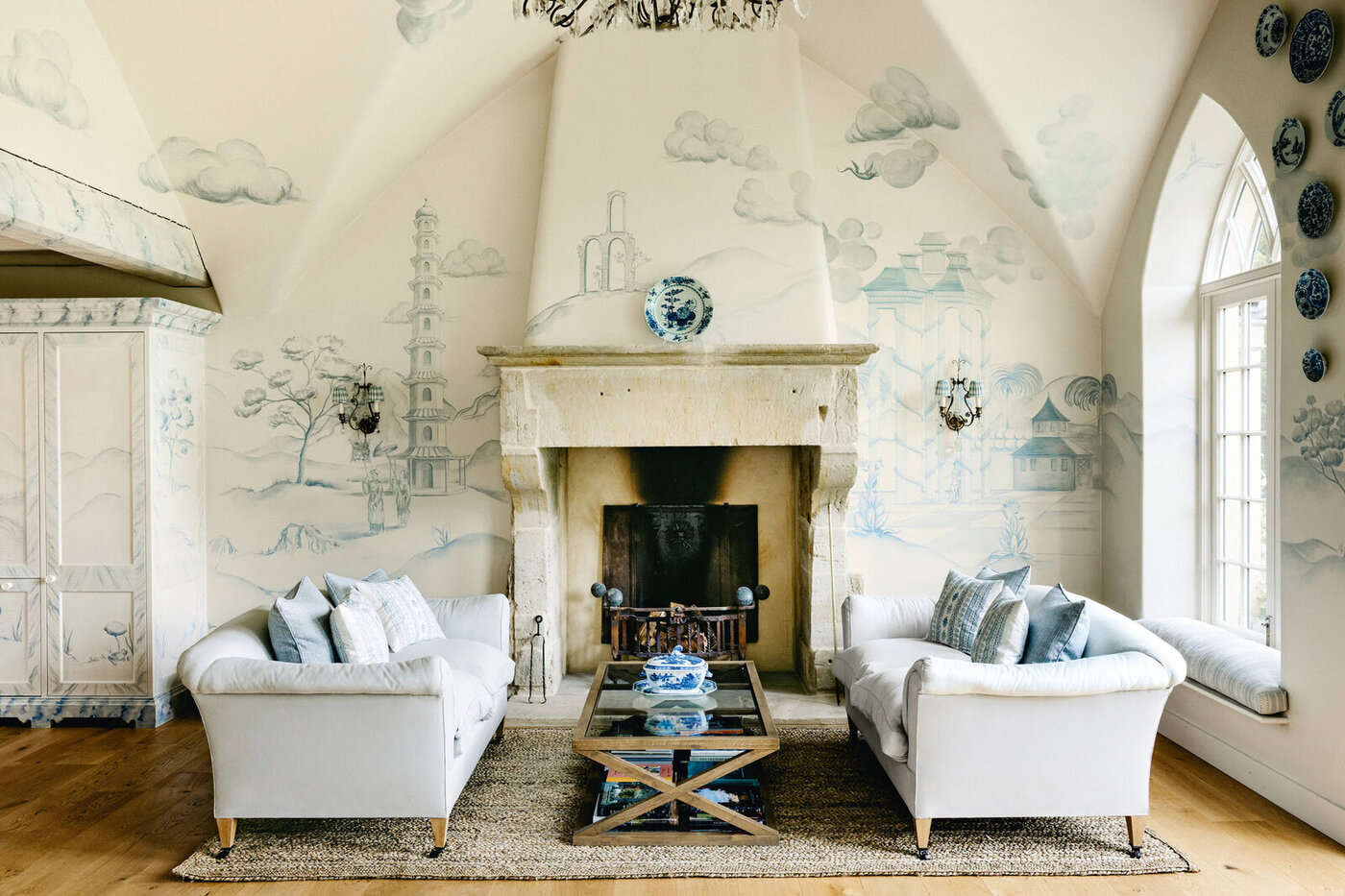
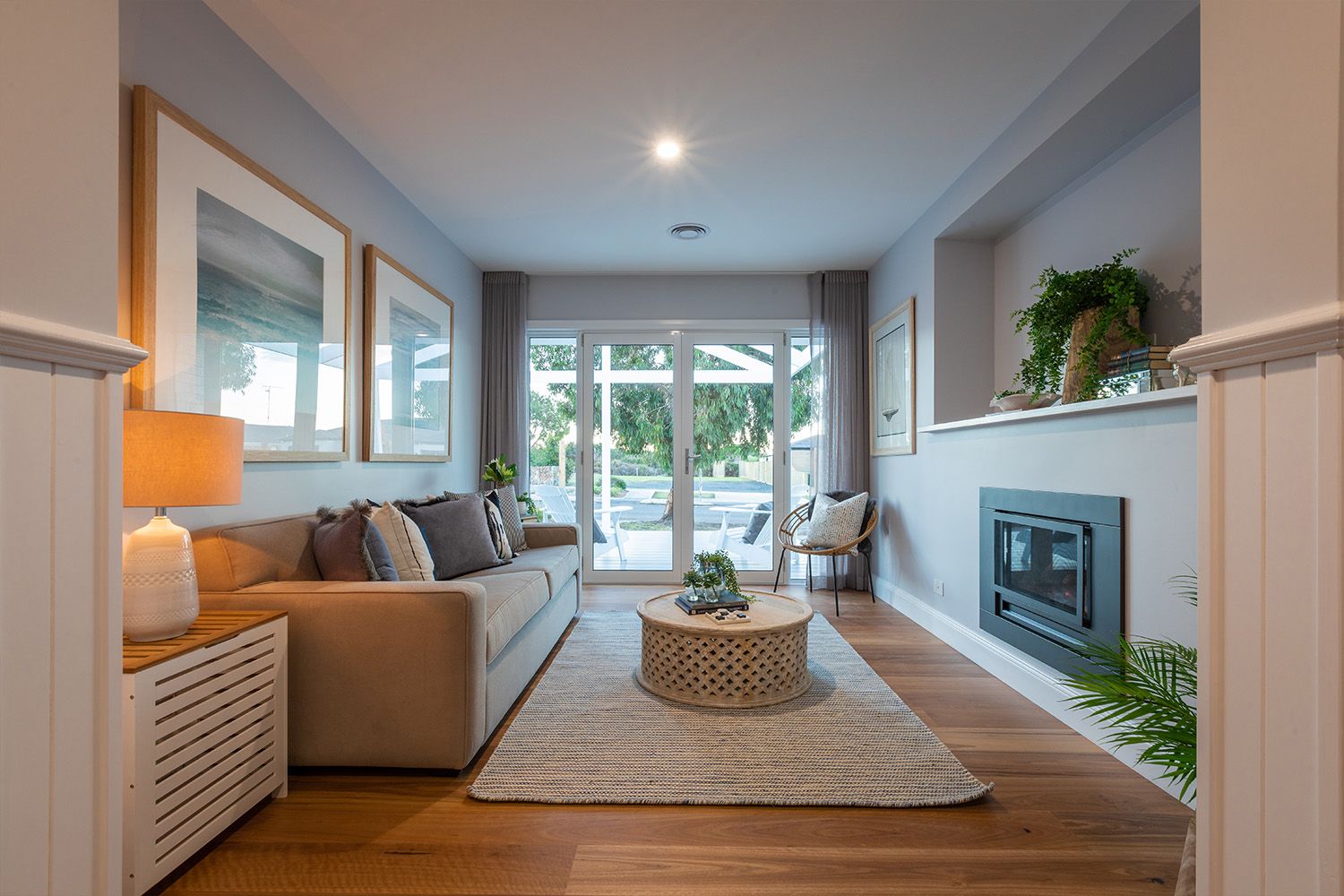
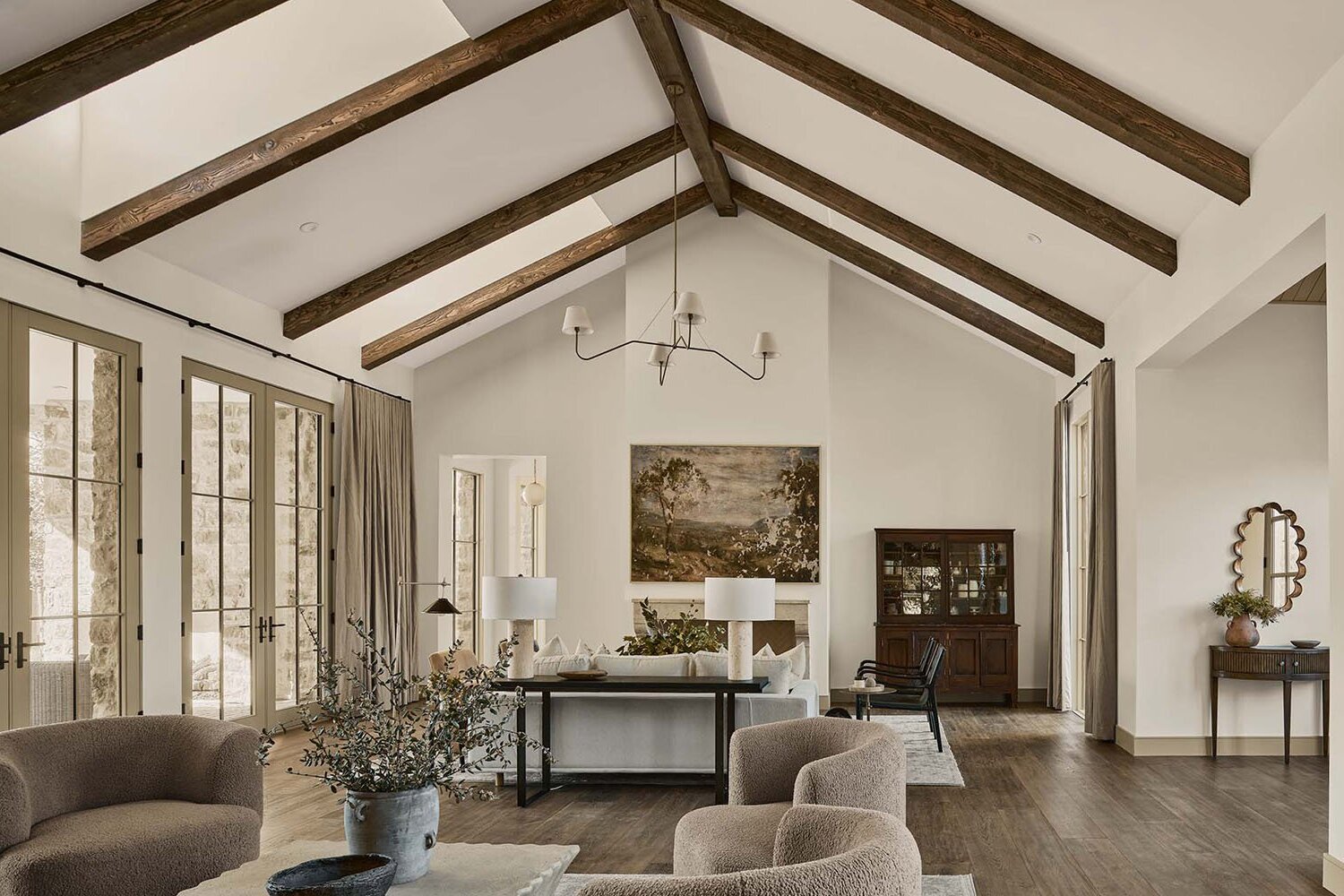
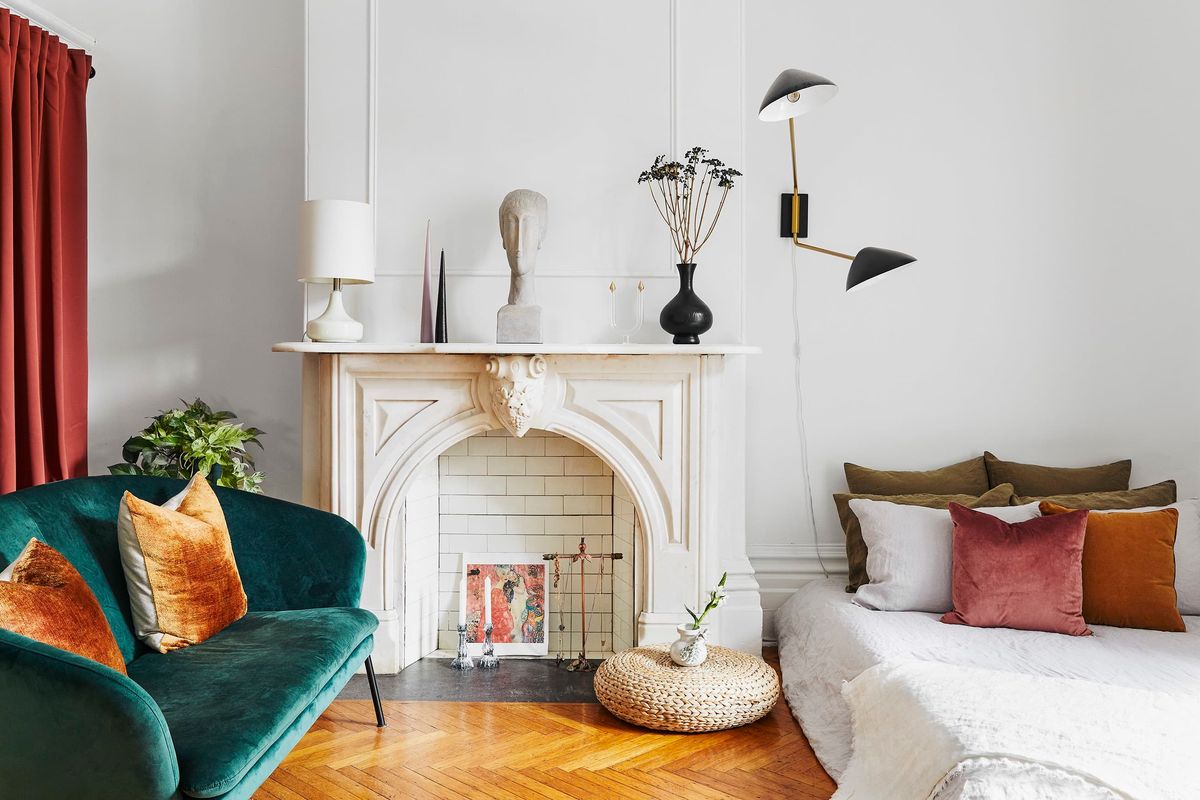
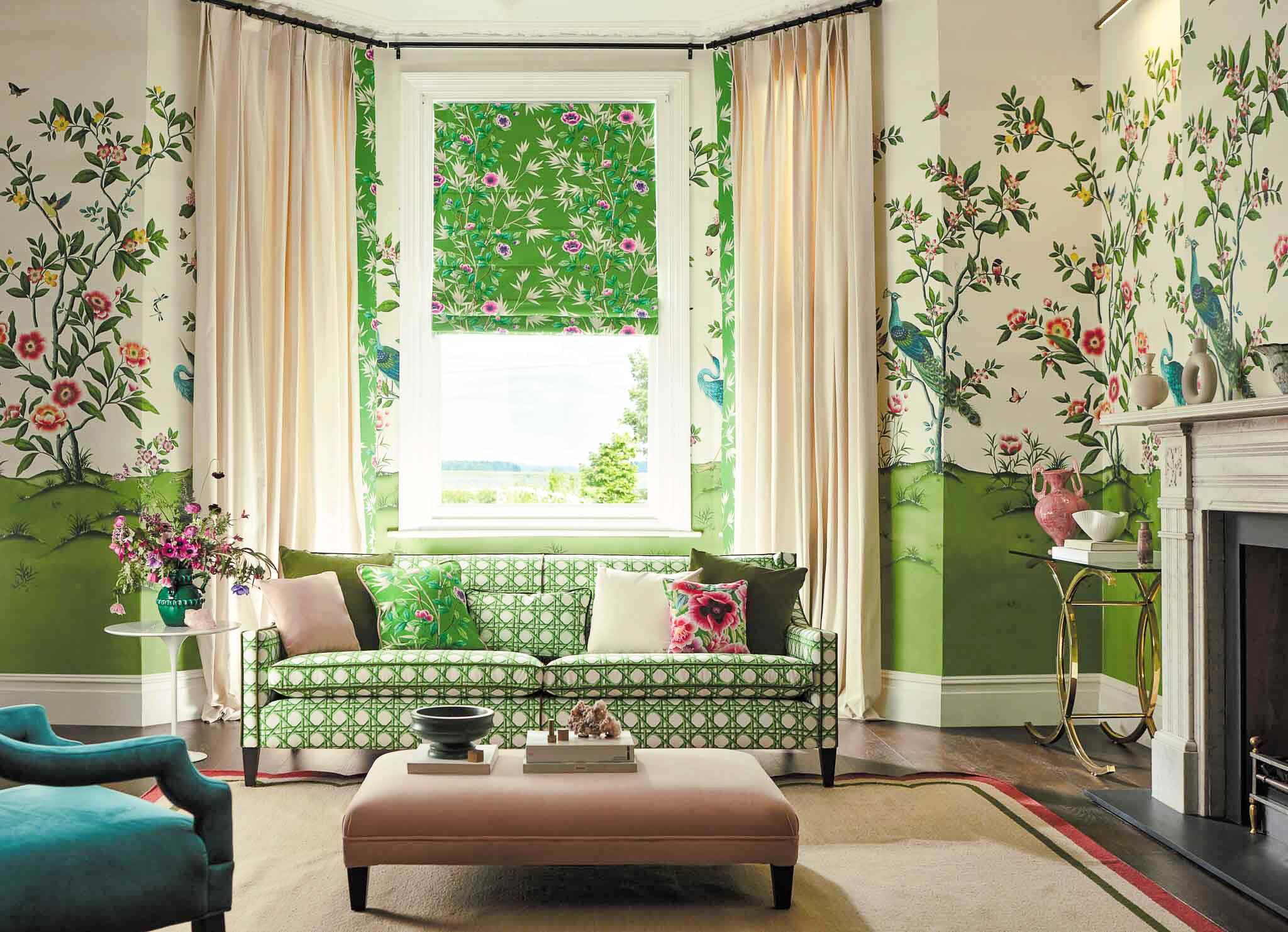
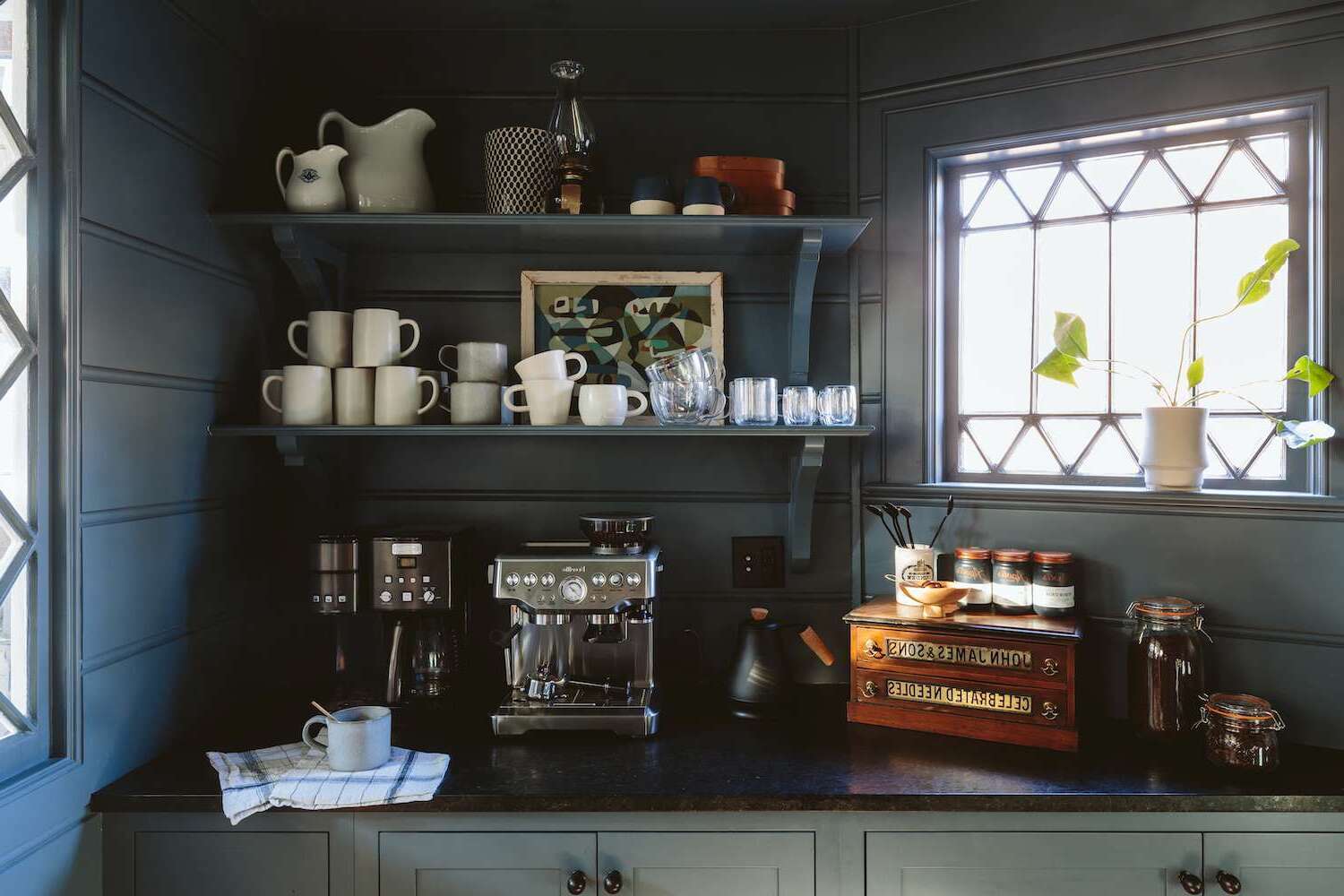
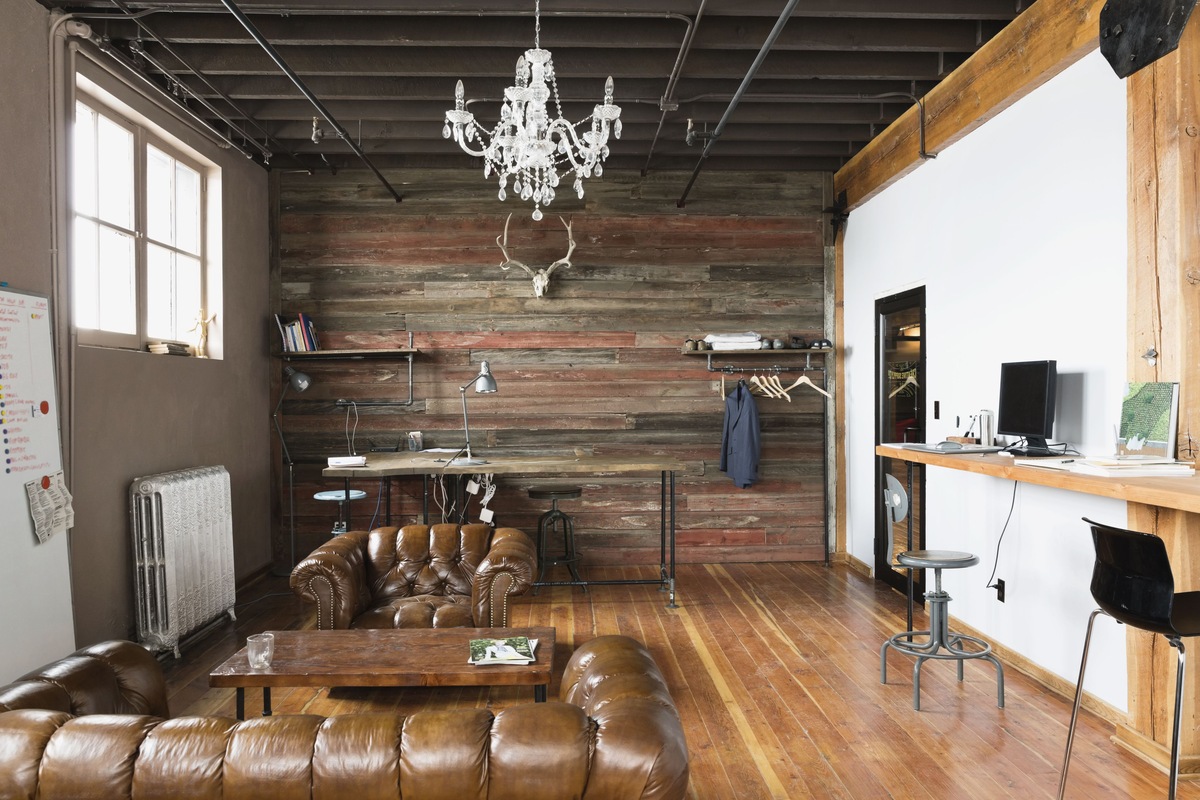
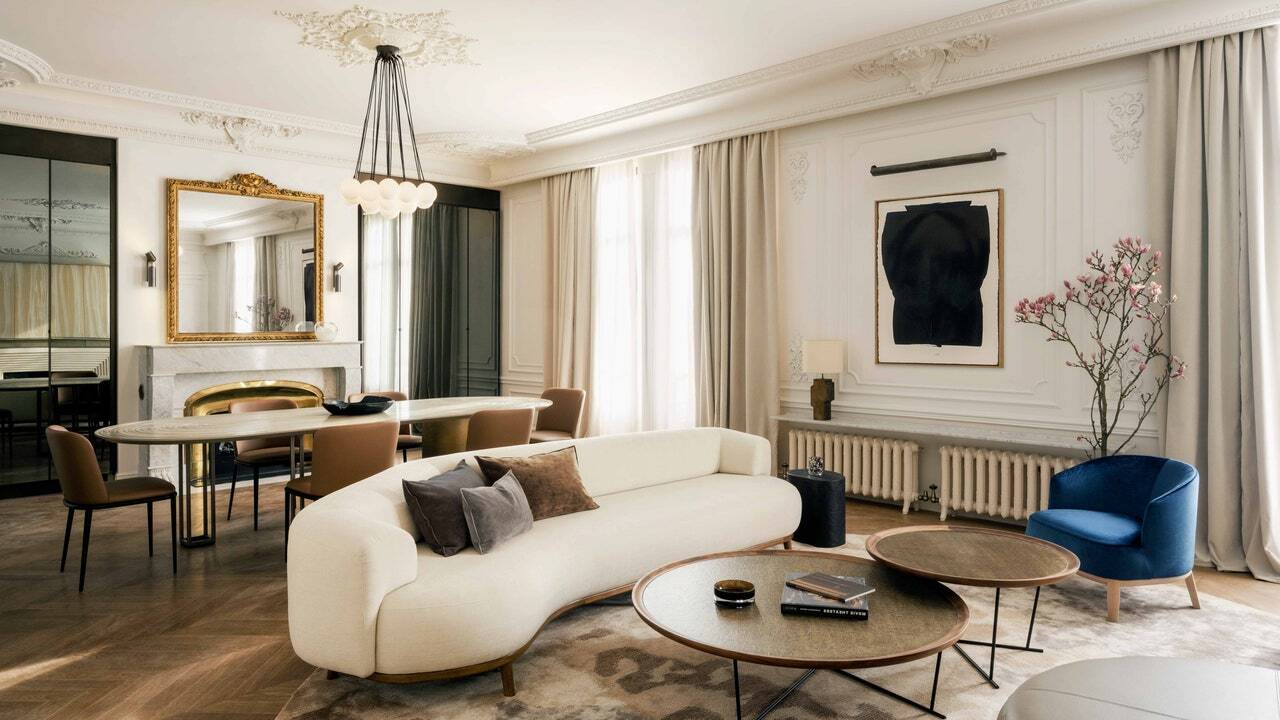
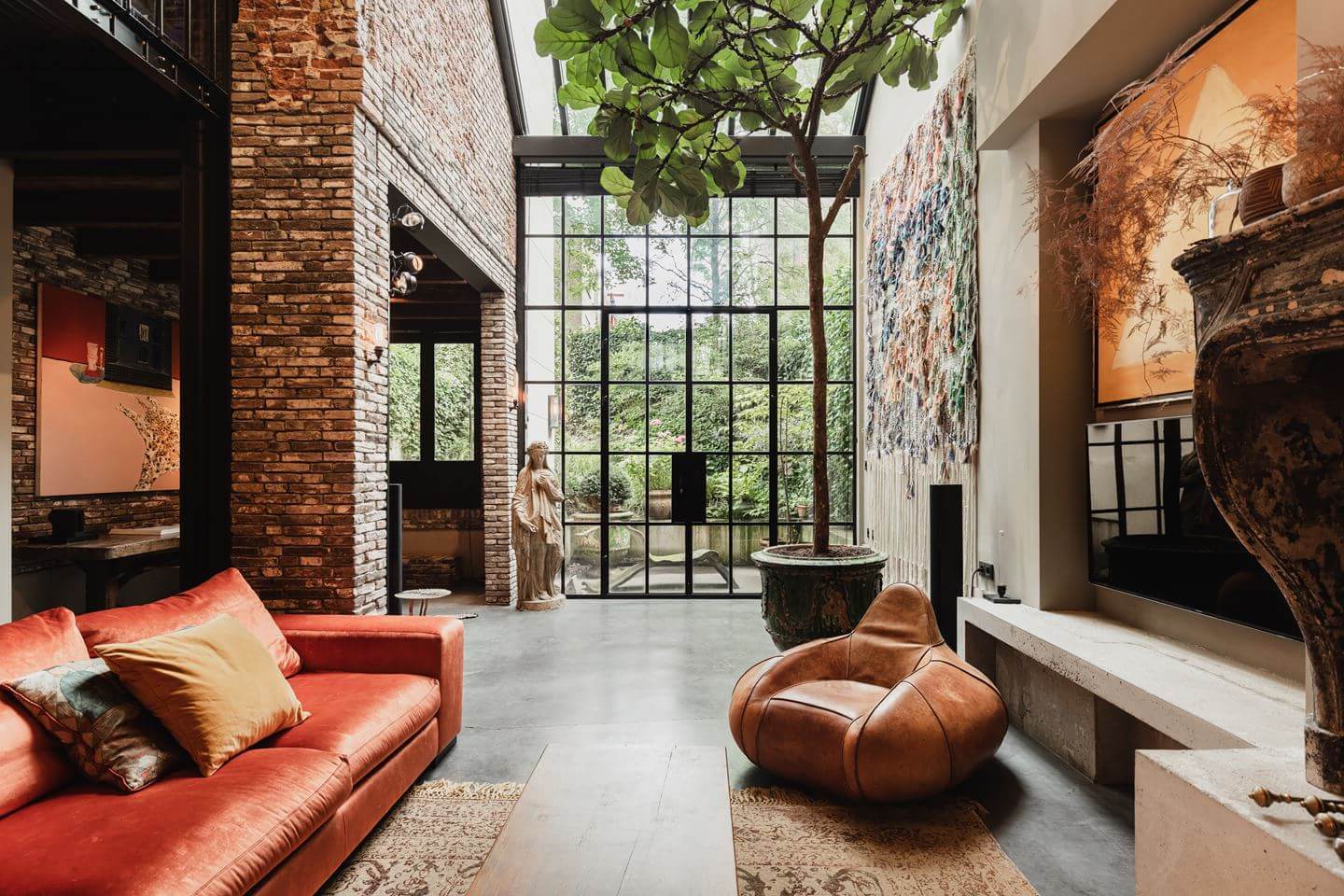
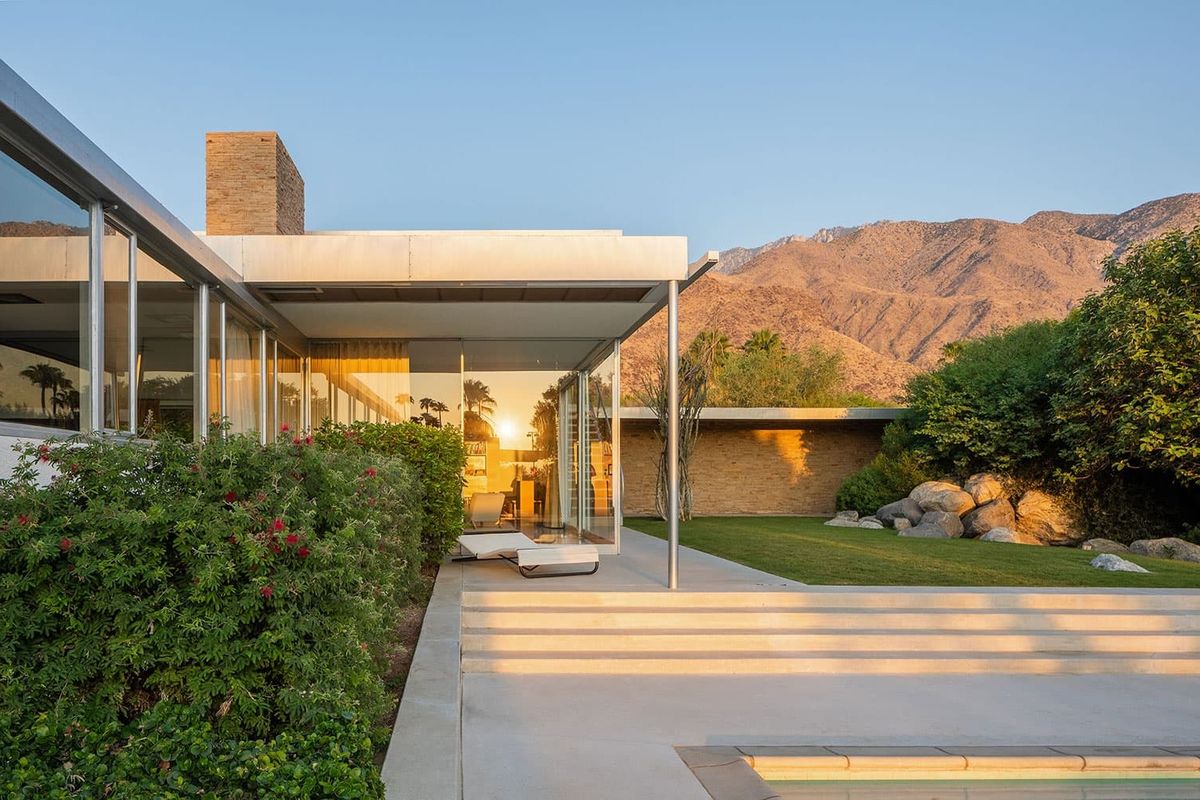

0 thoughts on “Industrial Chic: Raw And Refined Home Design”